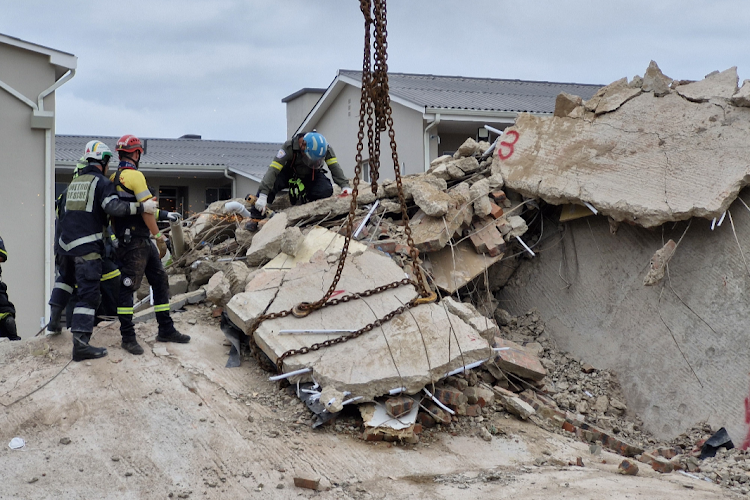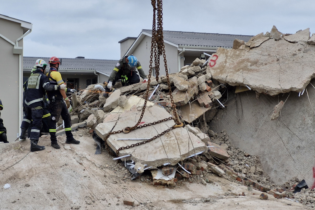The construction sector has certain protections in place to encourage safety in the sector’s often dangerous workplace. One such protection is that anyone deemed an employer can be convicted of culpable homicide in the event of a death on-site due to negligence or non-compliance.
Speaking to this issue Ernst van Biljon, director at Legislation Compliance Specialists a law practice that specialises in occupational health and safety (OHS), says, “Many owners, managers and appointees in construction companies do not fully understand the gravity of their culpability. While none have been charged with murder as yet in South Africa, the common law makes it possible.” It is also important to note that in the construction sector “an employer” is anyone including the owner, developers, clients, designers such as architects, principal contractors, contractors and even supervisors Culpability is the responsibility and with the recent incidents in George and Ballito where in both incidents a building collapse led to a severe loss of life, the public, the families of those affected, and the sector as a whole want to know who is responsible in the event of negligence. According to Construction Regulation, 5.1 before any work is done there here must be a baseline risk assessment, after which a principal contractor must provide a health and safety plan. What people don’t know is the scope. A simple task such as painting a roof falls under construction. If there are any injuries on site an employer can be prosecuted in terms of section 38 of the OHS Act. “If the state can prove that the employer was negligent in not training the person, or not issuing PPE, or not supervising properly, and it caused an accident in which a person could have died, the employer could face an R100,000 fine or two years in prison,” Biljon says. These punitive measures may seem like scare tactics, punishment as a regulatory strategy but they underpin a vital agreement, employers are responsible for their employees. This agreement is broken enough for these punishments to be necessary and viable. Any role player from the architect to the supervisor can be investigated in the case of negligence, and if it can be proven that death was the result of a foreseeable incident the charges can go from culpable homicide to murder. “The employer’s duty is to ensure safety. Be it the employees, visitors, or anyone else on site. Failing to do so is deemed negligent” says Biljon. Biljon says that in a negligence case there is one ultimate question, was the person responsible a ‘reasonable person’. The reasonable person test is a legal framework that asks a simple question, could a reasonable person could have foreseen the possibility of the incident happening, and taken action to prevent it.” The legislation is highly concerned with the duties of every stakeholder in an effort to avoid negligence.
The George building collapse has everyone thinking about safety on-site. Picture credit: Herman Pieters, Garden route District Municipality.








